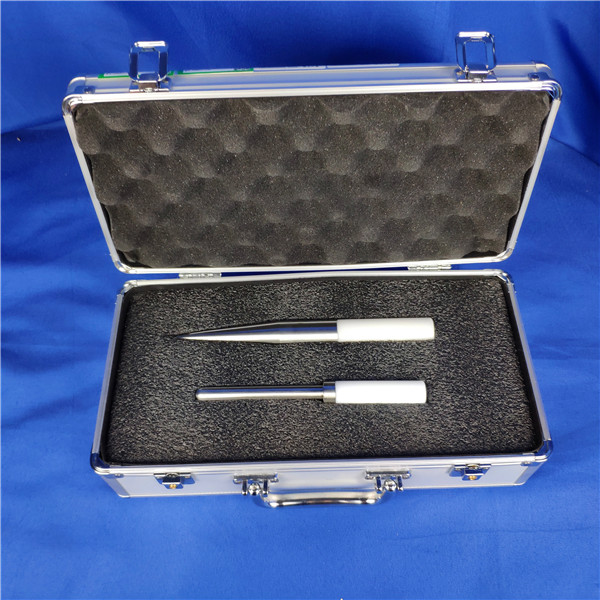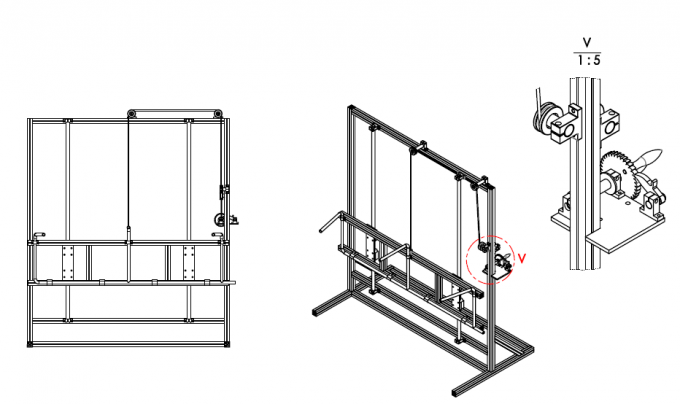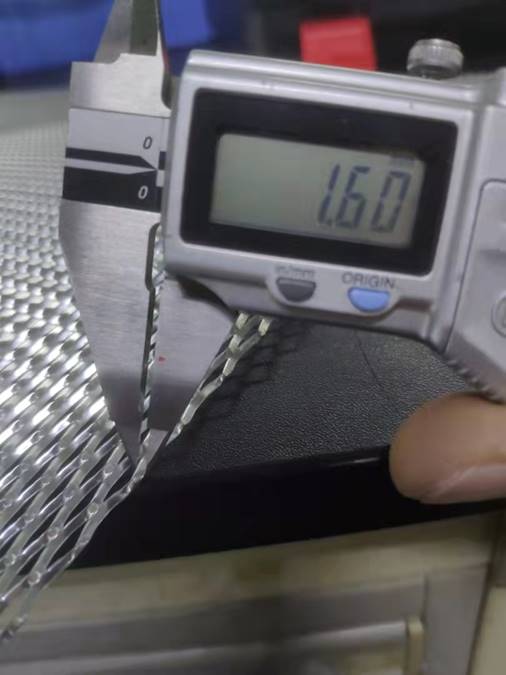Delving into Impulse Momentum Test Dynamics
The impulse momentum test is extremely important. It's extensively used in engineering and physics. It enables us to understand the concept of how force, mass, and movement all interact with each other. Thus, there are five pressing questions about the impulse momentum test that we're going to dive into!
First up, what even is the impulse momentum test?
Now, how does this test tie into the dynamics of collisions?
Okay, so what's the deal with practical uses for this test?
So, how do we use this test to make safer sports gear?
But, hold on, what are the downsides to this test?

The impulse momentum test is a basic principle in physics that describes the increase or decrease in momentum of an object during the duration a force is exerted. And in mathematical terms, we write it as Δp = Δp. That which implies the product of force and time equals the increase or decrease in momentum.

Within the realm of collisions, the impulse momentum test helps us determine how an object's momentum changes during a crash. It helps us understand what is happening with those forces and guess how things will go after the collision. Think about actual real world scenarios like automobile collisions or injuries sustained in sports.

This test is really useful in many areas. Consider automobile design, athletics, and making athletics gear safer. For example, in the automobile industry, it contributes to making cars safer by comprehending the forces in accidents. In athletics, it helps by looking at the forces involved while you are performing and aids in making you move faster.

This test can analyze the forces in athletics and assist in designing equipment that can effectively manage those forces. So, for manufacturing equipment such as helmets or pads, having knowledge of the forces in the sport supports you in creating superior equipment.

It is a powerful tool, but it has its boundaries. It presumes that the force remains constant over time, but this is not always accurate in practical situations. Also, it doesn't Consider how energy gets lost due to factors such as friction.
- Is defibrillation protection testing done correctly?
- KingPo Delivers and Installs State-of-the-Art Dust Chamber in Korea, Enhancing Local Testing Capabilities
- Neutral Electrode Temperature-rise Tester: Ensuring Safety in Electrosurgery
- What are the key differences between ISO 80369-7 and ISO 594?
- KINGPO 2024 R&D Results Report
- ISO 594 is replaced with ISO 80369
- KingPo CEO invited to the 83rd International Electrotechnical Commission (IEC) General Assembly
- Understanding ASTM F2059 Fluid Flow Test: A Comprehensive Overview
- Essential Considerations for Small-Bore Connector Testing Equipment
- Luer Gauge Adapter for Syringes: Enhancing Medical Precision and Safety


